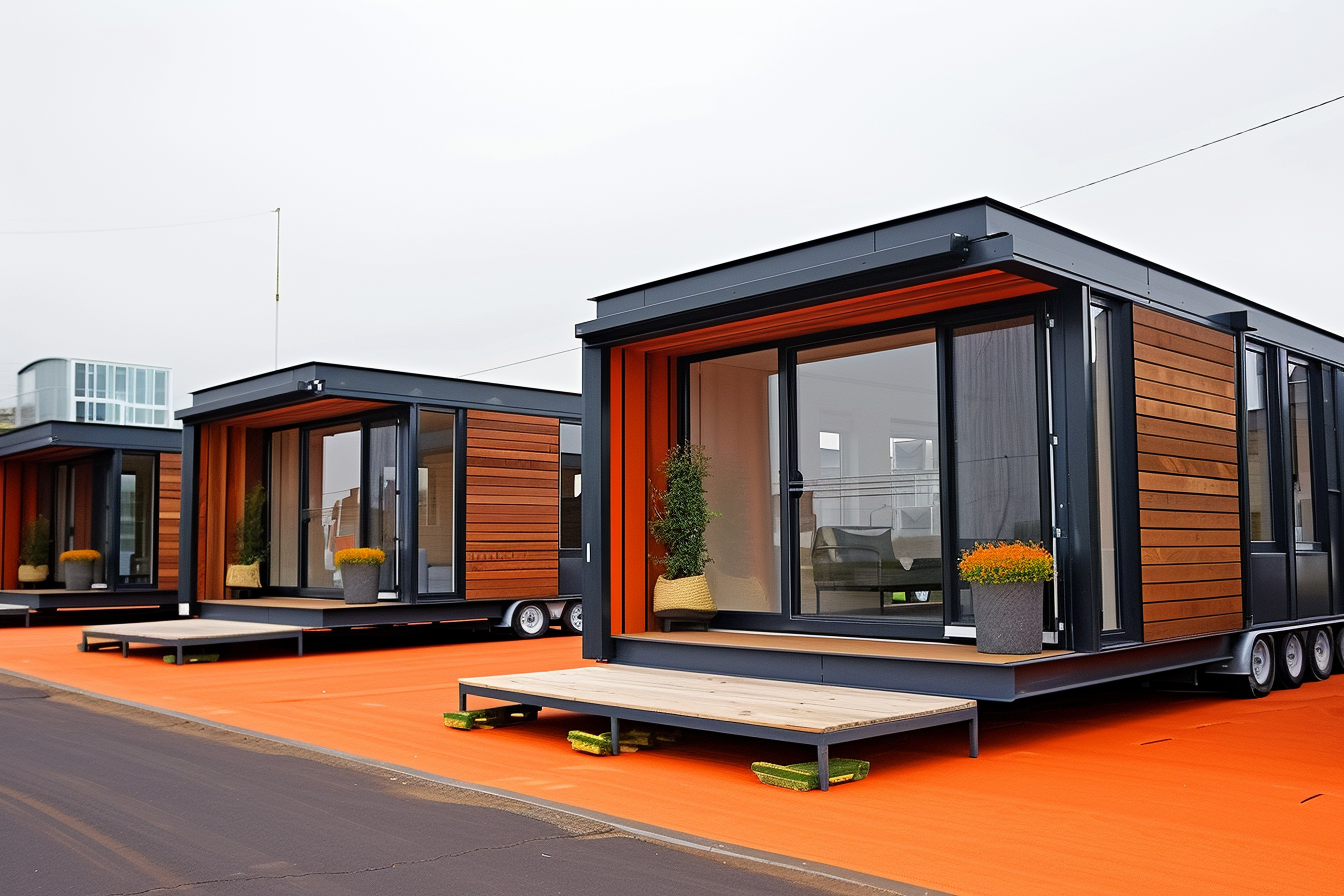Eco-Friendly Housing Solutions: Transforming Living Spaces for a Sustainable Future
Australia is witnessing a transformative shift towards sustainable housing, with innovative solutions like green building materials and shipping container houses gaining popularity. As eco-friendly living trends take root, prefab home prices are becoming more competitive, offering affordable housing options. Embracing small space living ideas and minimalist lifestyles, Australians are redefining interior design with creative approaches to maximize space and sustainability.

Innovative Green Building Materials
In Australia, the construction industry is embracing a range of innovative green building materials that promise to revolutionize the way homes are built. These materials not only contribute to more energy-efficient and environmentally responsible homes but also offer durability and aesthetic appeal. One such material is cross-laminated timber (CLT), which is gaining traction for its strength and sustainability. CLT panels are prefabricated, reducing onsite waste and construction time. Additionally, they possess excellent insulating properties, which can significantly lower energy consumption for heating and cooling.
Another advancement in green building materials is the use of recycled steel. Steel is a highly recyclable material, and using it in construction reduces the need for new raw materials and minimizes waste. Recycled steel is also resistant to pests and fire, adding to the safety and longevity of homes. Moreover, as Australia continues to face water scarcity issues, permeable concrete is being utilized to help manage stormwater runoff, allowing rainwater to seep through the pavement and replenish groundwater supplies. By selecting these sustainable materials, homeowners and builders can significantly reduce their environmental footprint while creating homes that are both modern and resilient.
The Rise of Shipping Container Homes
Shipping container homes are rapidly rising in popularity across Australia as a viable solution for affordable and sustainable housing. These homes are constructed from used shipping containers, offering a second life to materials that would otherwise contribute to waste. The benefits of shipping container homes are numerous. They are sturdy, weather-resistant, and quick to assemble, making them an attractive option for those seeking a swift and cost-effective housing solution.
However, there are challenges associated with shipping container homes, such as ensuring proper insulation and ventilation. These homes can heat up quickly in Australia’s warm climate, so it’s crucial to incorporate adequate insulation and cooling systems. Despite these challenges, the design possibilities are endless. Shipping containers can be stacked and arranged in various configurations, allowing for unique and personalized home designs. Architects and designers are continually exploring new ways to integrate these containers into stylish and functional living spaces, making them an exciting option for eco-conscious individuals.
The Economics of Prefab Homes
Prefabricated homes, or prefab homes, are becoming increasingly popular in Australia due to their cost-effectiveness and sustainability. The process of assembling homes off-site in a controlled environment reduces construction waste and labor costs, passing savings onto consumers. According to industry reports, the cost of prefab homes can be up to 15% less than traditional builds, making them an attractive option for first-time homebuyers and those looking to downsize.
Several factors are driving down the prices of prefab homes. Advances in manufacturing technology have streamlined production processes, and increased competition among prefab manufacturers has led to more affordable pricing models. Additionally, incentives for sustainable building practices are encouraging more Australians to consider prefab homes as a viable option. As these homes become more accessible, they are playing a crucial role in addressing the country’s housing affordability crisis while promoting eco-friendly living.
Maximizing Space with Minimalist Design
With the rise of smaller living spaces, Australians are turning to minimalist design to maximize functionality without sacrificing style. Minimalism emphasizes simplicity and efficiency, focusing on the essentials and eliminating clutter. This approach not only enhances the aesthetic appeal of a home but also contributes to sustainability by reducing consumption and waste.
In practice, minimalist design involves clever storage solutions, such as built-in cabinetry and multi-functional furniture, to make the most of limited space. For example, a bed with storage drawers underneath or a foldable dining table can free up valuable floor space when not in use. Moreover, using a neutral color palette and natural materials like wood and stone can create a calming and cohesive environment that feels spacious and inviting.
Real-life examples of minimalist design can be seen in the homes of Australians who have embraced this lifestyle. Many are opting for open floor plans that allow for flexible use of space and large windows that bring in natural light, reducing the need for artificial lighting. By adopting minimalist principles, homeowners can create sustainable, efficient, and aesthetically pleasing living environments.
In conclusion, Australia is at the forefront of a green housing revolution, with innovative solutions such as green building materials, shipping container homes, and prefab housing leading the way. By embracing these sustainable practices and minimalist design principles, Australians are not only reducing their environmental impact but also creating affordable and functional homes. As these trends continue to grow, the future of housing in Australia looks both promising and sustainable. Discover more about these exciting developments and how they can transform living spaces into eco-friendly havens.
Disclaimer: All content, including text, graphics, images and information, contained on or available through this web site is for general information purposes only. The information and materials contained in these pages and the terms, conditions and descriptions that appear, are subject to change without notice.




